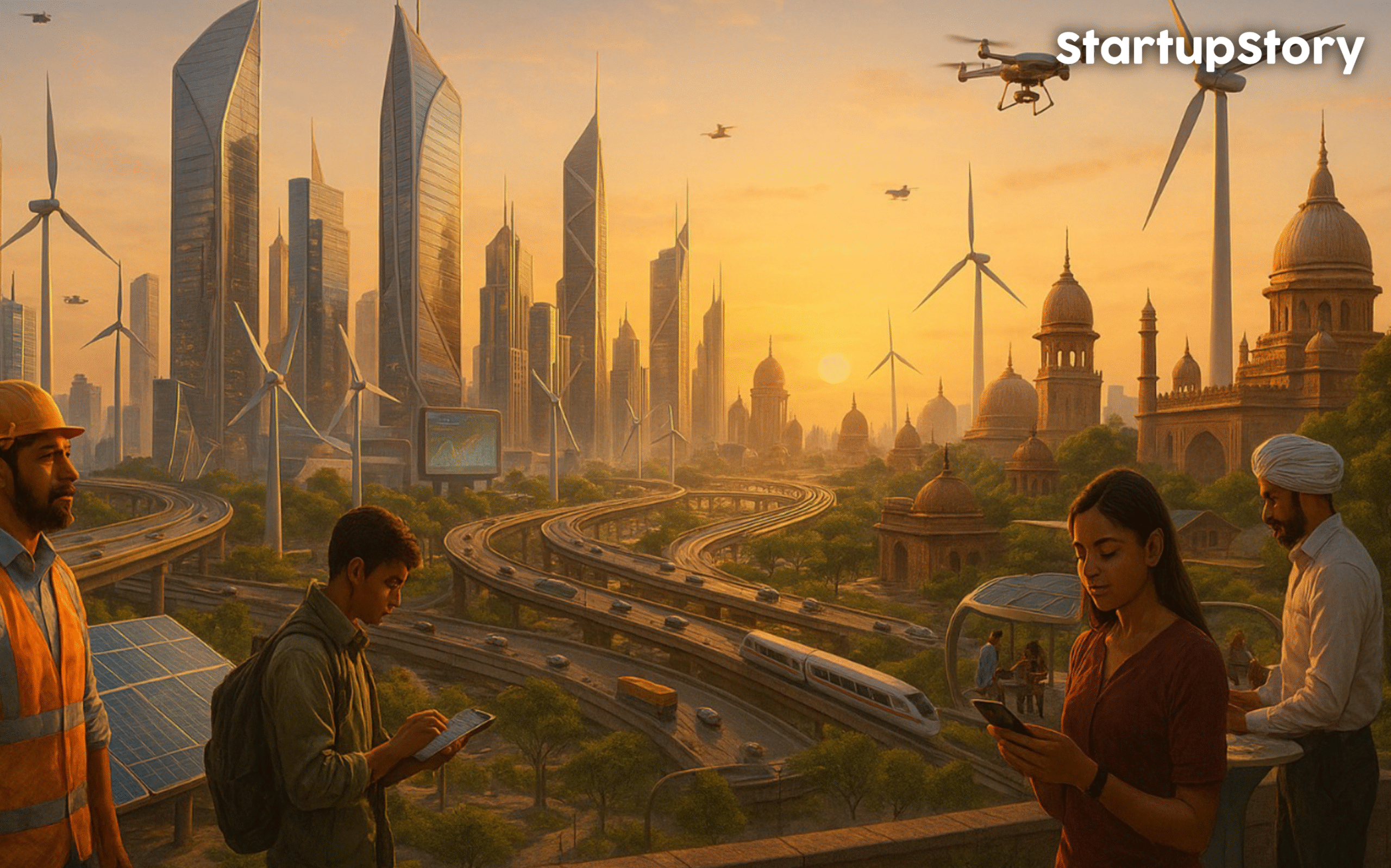
India is firmly on the trajectory to becoming a $10 trillion economy, according to Børge Brende, President and CEO of the World Economic Forum. In a recent conversation with Business Today and India Today TV, Brende expressed confidence in India’s growth outlook-highlighting its young workforce, robust digital ecosystem, and opportunities unlocked by global trade realignments.
India: A Rising Global Power:
Brende emphasised that while global economic growth has slowed-hovering below 3%, compared to the 4% trend of the previous decade-India remains a bright spot. He noted that India has already positioned itself as the world’s third-largest economy, nearing a $5 trillion GDP, and is on track to double that figure within a few years.
Key Catalysts for India’s Growth:
1. Youthful Demographics & Digital Strength
With a median age of just 28 and a rapidly expanding, tech-savvy workforce, India is well-poised to leverage digital trade and services-sectors growing three times faster than traditional manufacturing.This youth-led momentum is driving up productivity and innovation nationwide.
2. The “Friend-shoring” Advantage
Amid ongoing global trade tensions and shifting supply chains, many companies are relocating from China and other hubs to more politically stable and cost-effective regions-a trend known as “friend‑shoring”. India is among the key beneficiaries.
Achieving $10 Trillion: Growth Rates & Reforms:
Brende believes that if India sustains a growth rate between 6–7% annually, reaching a $10 trillion GDP is “very soon” within reach. However, he cautioned that continued efforts in several areas are vital:
- Deregulation & Red Tape Elimination: Smoother business operations through less bureaucracy is key.
- Infrastructure Development: Better connectivity, logistics, and state-to-state coordination are essential to sustain manufacturing and investment,
- Educational & R&D Investments: Prioritising education and innovation will equip India’s dynamic population for future economic challenges .
- Fiscal Prudence: Managing debt levels to avoid the global risks of over-indebtedness, reminiscent of post-war economies.
AI’s Role in Productivity Enhancement:
Brende emphasised that new technology-particularly AI-has the potential to reshape labor markets: although some roles may diminish, new, higher-value jobs can emerge. He highlighted that proactive AI adoption could boost productivity by up to 10%, creating fresh capital to reinvest in economic development.
Navigating Global Uncertainties:
Brende also warned of persistent global threats:
- The risk of escalating conflicts-beyond Ukraine-posing geopolitical shocks.
- Mounting international debt, now surpassing post-World War II levels, could destabilise economies.
- Trade wars and protectionist tendencies continue to hinder global commerce .
However, India’s strong growth, strategic reforms, and demographic edge position it uniquely to navigate these headwinds.




